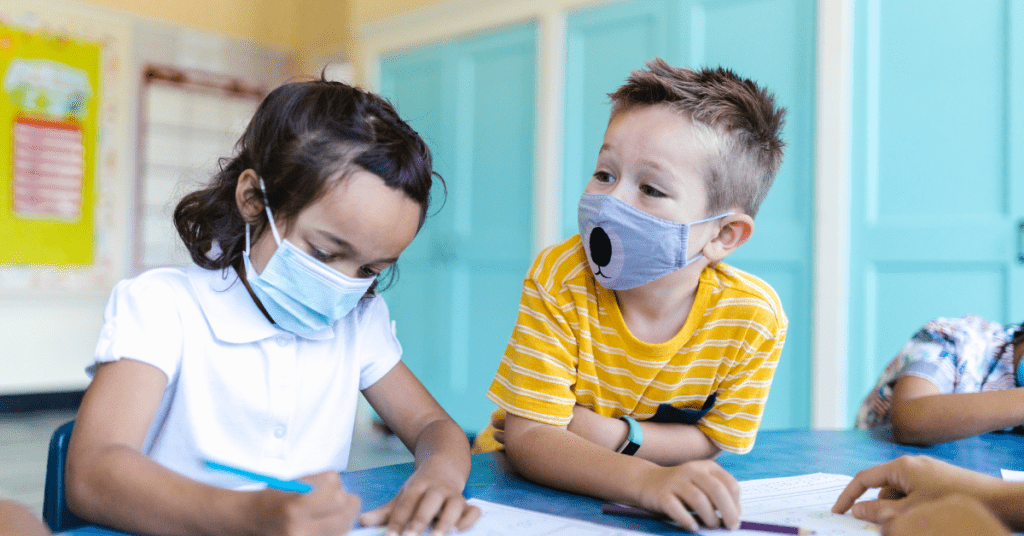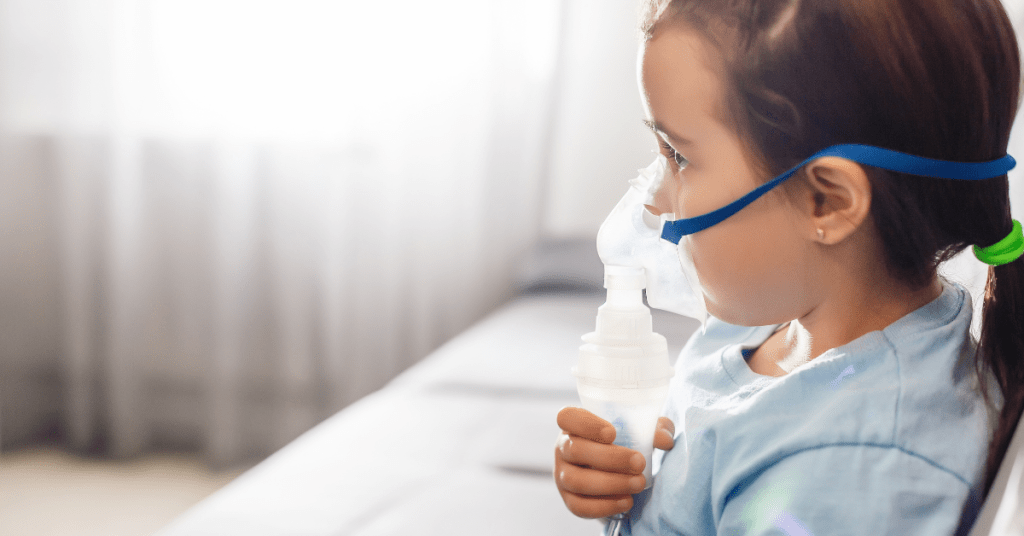As parents, ensuring the health and well-being of your little ones is always a top priority. One virus that has been gaining attention in recent years is the Human Metapneumovirus (HMPV). While not as well-known as influenza or RSV, HMPV can cause serious respiratory illnesses, particularly in young children under the age of 5. Here, we’ll break down what every parent should know about HMPV in simple terms.

What is HMPV?
Human Metapneumovirus (HMPV) is a virus that primarily affects the respiratory system. Discovered in 2001, it is part of the same family as the Respiratory Syncytial Virus (RSV). HMPV is highly contagious and spreads through respiratory droplets when an infected person coughs, sneezes, or talks. It can also spread by touching contaminated surfaces and then touching the face. This virus circulates more frequently during late winter and early spring, similar to other respiratory viruses.
HMPV can infect people of all ages, but children under 5, older adults, and those with weakened immune systems are more at risk of severe symptoms. It is important to recognize the signs early to ensure prompt care and minimize complications.
Symptoms of HMPV in Children
The symptoms of HMPV can vary in severity. For most children, the symptoms resemble a common cold, but for younger children and those with weakened immune systems, it can lead to more serious conditions. Common symptoms include:
- Runny or stuffy nose
- Cough
- Fever
- Sore throat
- Difficulty breathing or wheezing
- Fatigue
In severe cases, HMPV can cause pneumonia or bronchiolitis, which may require hospitalization. Symptoms like high fever, rapid breathing, and bluish lips or skin should be treated as emergencies.
Why are Children Under 5 at Risk?
Children under the age of 5 are particularly vulnerable to HMPV because their immune systems are still developing. Additionally, their smaller airways can become obstructed more easily when inflammation occurs, making it harder for them to breathe during respiratory infections. This age group often has close contact with other children in settings like daycare or preschool, increasing the chances of exposure to contagious viruses.
Parents should also be aware that children with pre-existing respiratory conditions, such as asthma or bronchopulmonary dysplasia, are at a higher risk of severe illness from HMPV.
How is HMPV Diagnosed?
If your child shows symptoms of a respiratory illness, it’s essential to consult a pediatrician. The doctor may perform a physical examination and review the child’s medical history. In some cases, a nasal swab test may be conducted to confirm the presence of HMPV or rule out other respiratory viruses. Blood tests and chest X-rays may also be used to assess the severity of the infection, especially if complications like pneumonia are suspected.
Treatment for HMPV
There is no specific antiviral treatment for HMPV. Most cases are mild and can be managed at home with supportive care. This includes:
- Ensuring your child gets plenty of rest.
- Keeping them hydrated by offering fluids regularly.
- Using a humidifier to ease breathing.
- Administering fever-reducing medications like paracetamol (under the guidance of a doctor).
In severe cases where breathing difficulties arise, hospitalization may be required for oxygen therapy and additional care. It’s important to follow your pediatrician’s advice and monitor your child’s condition closely.
Prevention Tips for Parents
Preventing the spread of HMPV is similar to preventing other respiratory infections. Here are some key tips:
- Practice Good Hygiene: Teach your child to wash their hands frequently with soap and water for at least 20 seconds. Use alcohol-based hand sanitizers when soap isn’t available.
- Avoid Close Contact: Keep your child away from sick individuals and avoid crowded places during peak infection seasons.
- Disinfect Surfaces: Regularly clean toys, doorknobs, and other frequently touched surfaces to minimize the risk of contamination.
- Use Tissues: Encourage your child to use tissues when coughing or sneezing and dispose of them immediately. Teach them to cover their mouth with their elbow if tissues are unavailable.
- Stay Home When Sick: If your child is unwell, keep them at home to prevent spreading the virus to others and to allow them to recover fully.
- Boost Immunity: Ensure your child eats a balanced diet, gets adequate sleep, and stays physically active to support a healthy immune system.

When to Seek Medical Help
While most cases of HMPV are mild, it’s essential to know when to seek medical attention. Contact a doctor if your child:
- Has difficulty breathing or wheezing.
- Shows signs of dehydration, such as dry lips or reduced urination.
- Experiences persistent fever that doesn’t improve with medication.
- Appears excessively tired or unresponsive.
- Develops a bluish tint to the skin or lips, indicating a lack of oxygen.
These symptoms may signal a severe infection that requires immediate medical intervention.
HMPV is a common respiratory virus that can pose risks to young children, especially those under 5. By staying informed about the symptoms and preventive measures, you can protect your child from severe complications. Early diagnosis and supportive care can make a significant difference in recovery.
For more information on pediatric health concerns or to ask a question, visit our Ask a Question page. Your child’s health is our priority. Stay vigilant, and don’t hesitate to reach out to a healthcare provider if you have concerns about your child’s well-being.


